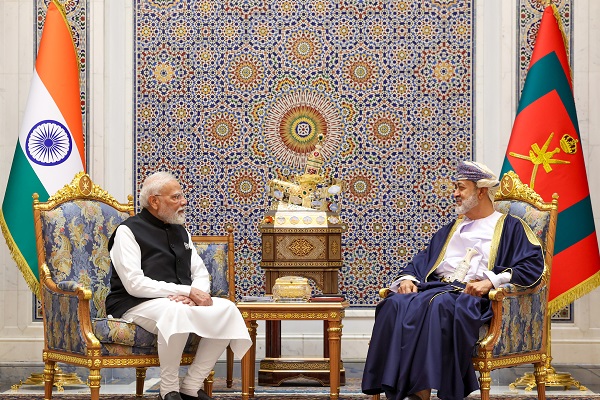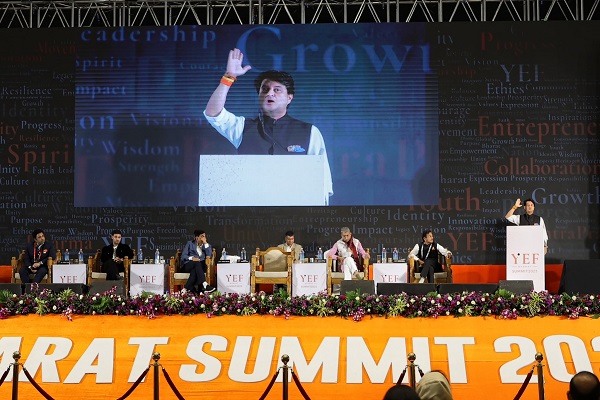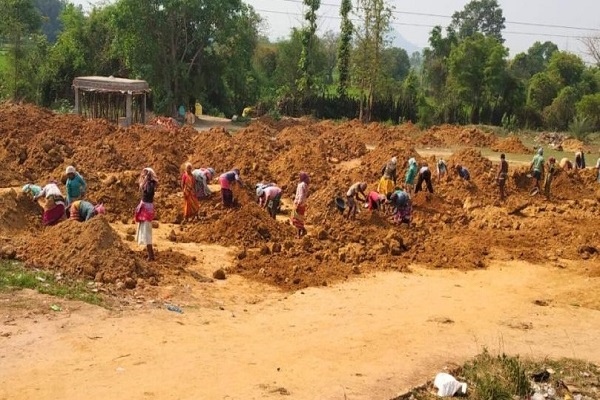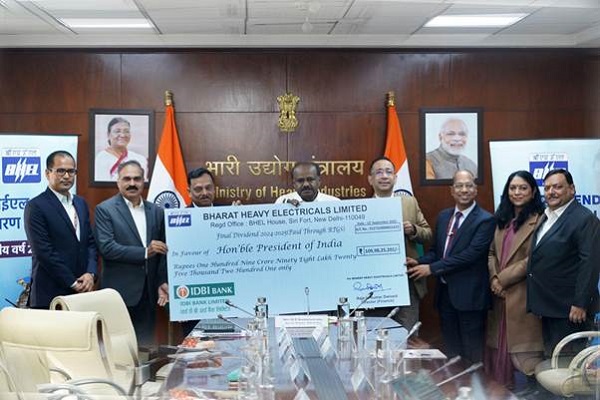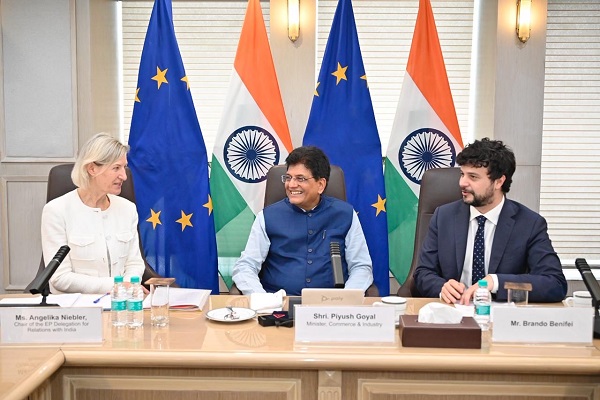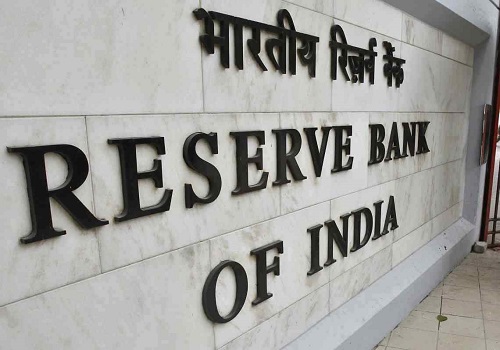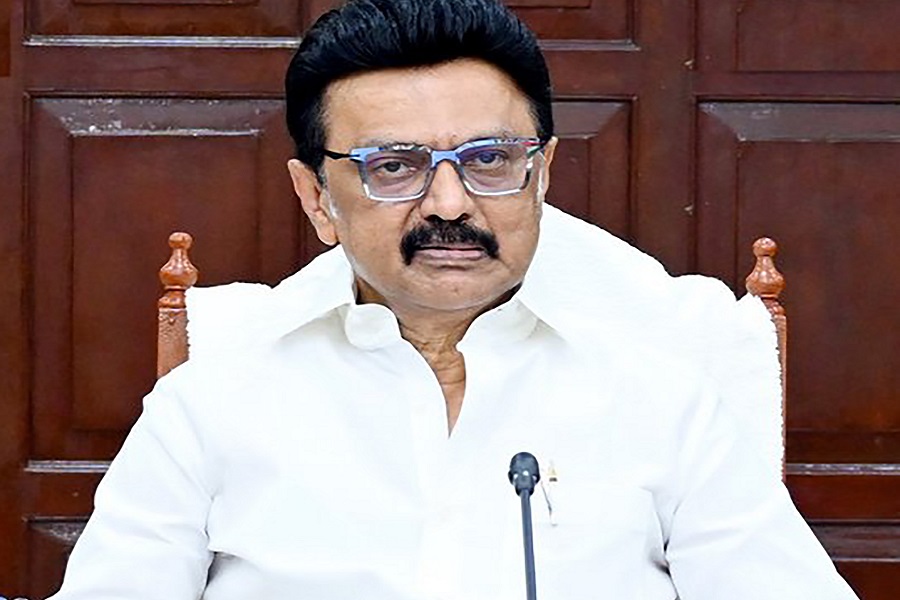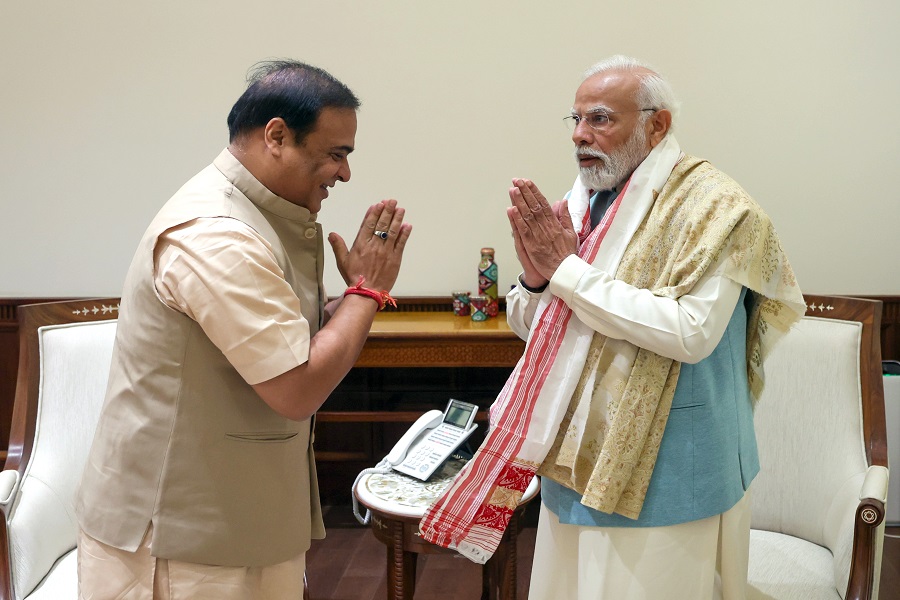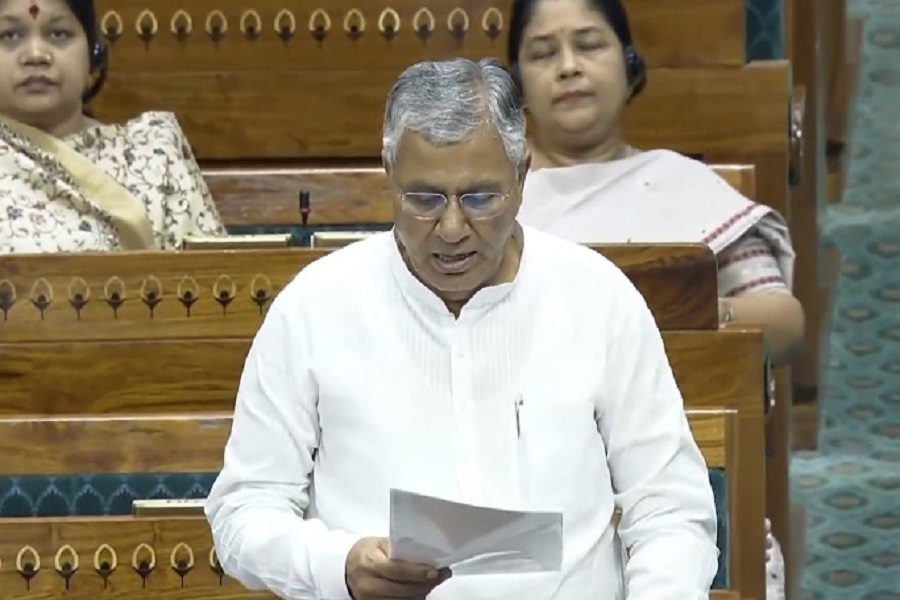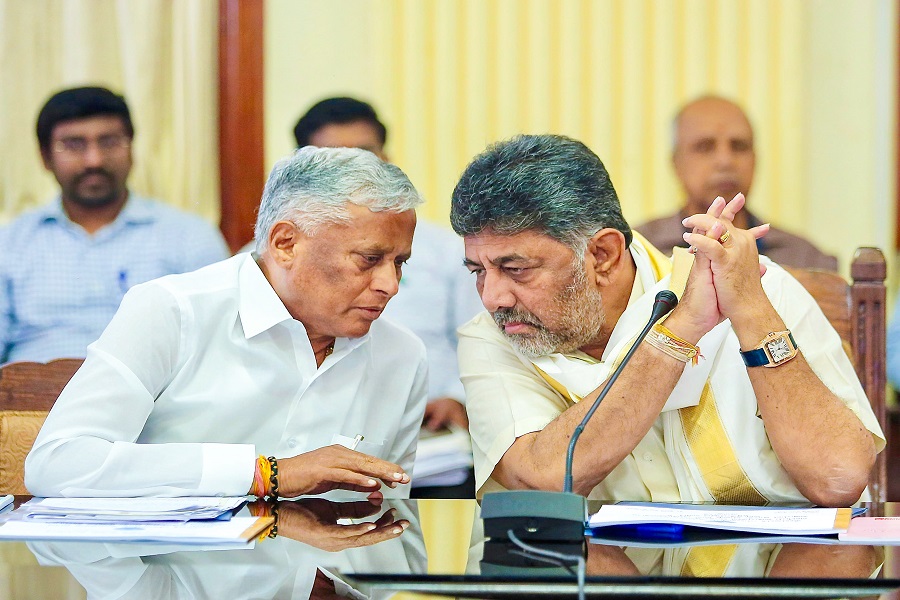India Politics : A surprise verdict but with mandate for continuity by Motilal Oswal Financial Services Ltd

BJP below the 272 mark; NDA gets majority; Congress gains big on a low base
The BJP-led NDA has won the 2024 Lok Sabha elections with a full majority (296 out of 543 seats) for an unprecedented third consecutive term, albeit the numbers were well below the Exit Poll predictions of ~370 seats and the BJP’s own ambitious target of 400+. This resulted in a sharp market reaction with Nifty-50 falling 6% while MidCap/Small-Cap indices fell 8-9%. The sectoral indices such as Nifty PSU Bank/Oil & Gas shaved off 15%/12%. The BJP fell well short of the majority of 272+ mark and won 241 seats. The opposition INDIA Alliance has notably improved its tally and won ~231 seats (vs UPA’s 59/92 seats in the 2014/2019 Lok Sabha elections), with the Congress almost doubling its tally to 99 seats from 52 in 2019.
BJP loses its heft in UP but makes big inroads in Odisha; also wins the state for the first time
While the BJP managed to maintain its vote share around ~37%, Congress gained ~180bp vote share to 21.2%. For the NDA, the vote share stood at 44% (down 1.1% from 2019). The INDIA alliance’s vote share came in at 41.4% (while that for UPA was 29.8% in 2019), though it is not a like-to-like comparison as the composition of the opposition alliance was different in 2019. The BJP’s loss of seats despite a similar vote share can be explained by the state-wise mix of its votes, with Uttar Pradesh/ Maharashtra/Rajasthan seeing a significant loss of 29/13/11 seats vs. its 2019 tally. It also lost seats in Haryana and West Bengal and managed an almost clean sweep in MP, Chhattisgarh, and Gujarat. Meanwhile, the BJP made big inroads in Odisha and won 20/21 seats. It also won the assembly elections in Odisha for the first time with a tally of 78/147 seats. In the Andhra Pradesh assembly polls, the NDA’s alliance partner, TDP won 135/175 seats, while TDP+ coalition managed to win a historic ~94% mandate with 164/175 seats.
Return to coalition politics but with lesser partners than in the past
The BJP-led NDA alliance is a pre-poll alliance, and hence we see less friction in the government formation exercise. However, after two consecutive terms of a clear single-party (BJP) majority, the coalition government is making a comeback. That said, unlike the earlier NDA coalition governments of 1998-2004 which had >15 constituents with the BJP itself at 182 seats, this coalition will have a lesser number of constituents with the anchor BJP at ~240 seats and thus potentially a more smoother approach to governance, in our view. Nonetheless, we expect the government to steer clear from the contentious issues such as Uniform Civil Code, One Nation One Poll, Farm Laws, etc. Prime Minister Modi in his victory speech, however, reaffirmed his commitments to reforms and growth.
Implications for the market/economy: Despite the reduced majority, we expect the policy agenda of Modi 2.0 (Investment-led growth, Capex, Infrastructure creation, Manufacturing, etc.) to continue, although with some tweaks. We also expect some populist measures to address rural stress and lift sentiments at the margin, given the nature of the verdict. While the broad thrust on capex and investment-led growth continues, the agenda going forward could also include measures for reviving consumption at the bottom-of-the-pyramid, some relief in taxation measures, and indeed the rationalization in the GST structure. The government does have some leeway with the higher-than-expected RBI dividend and recent moderation in Brent crude prices. However, we see the broader fiscal discipline to be still maintained and long-term priorities, viz., thrust on renewable energy, investments in power, PLI, etc., to continue. In the very near term, we expect the market to remain obsessed with government formation exercise, with a keen eye on key cabinet portfolios such as Finance, Defense, Roads, Energy, Commerce, and Railways. With elections now behind, fundamentally, India remains in a very good shape with almost a mini-Goldilocks moment with excellent macros (GDP growth of 8.2% in FY24 on the back of ~7% growth in FY23, inflation at ~5%, both current account and fiscal deficits well within tolerance band, stable currency, etc.), solid corporate earnings (Nifty ended FY24 with 25% earnings growth and FY25/26 earnings are likely to post 14-15% CAGR) and valuations at ~20x one-year forward earnings. After the initial disappointment and anxiety around government formation, we expect the focus to revert to fundamental bottom-up stock picking. That said, sectors with over-heated valuations and recent sharp outperformance viz. Industrials, Railways, Defense, and PSUs may see more moderation in valuations before they become attractive again from the risk-reward perspective.
* TOP IDEAS | Large caps – ICICI Bank, ITC, HCL Tech, Coal India, SBI, L&T, M&M, Ultratech, CIFC and Hindalco;
* Midcaps: Indian Hotels, Ashok Leyland, Godrej Properties, Global Health, KEI Industries, PNB Housing, Cello World, and Kirloskar Oil.
For More Motilal Oswal Securities Ltd Disclaimer http://www.motilaloswal.com/MOSLdisclaimer/disclaimer.html SEBI Registration number is INH000000412
